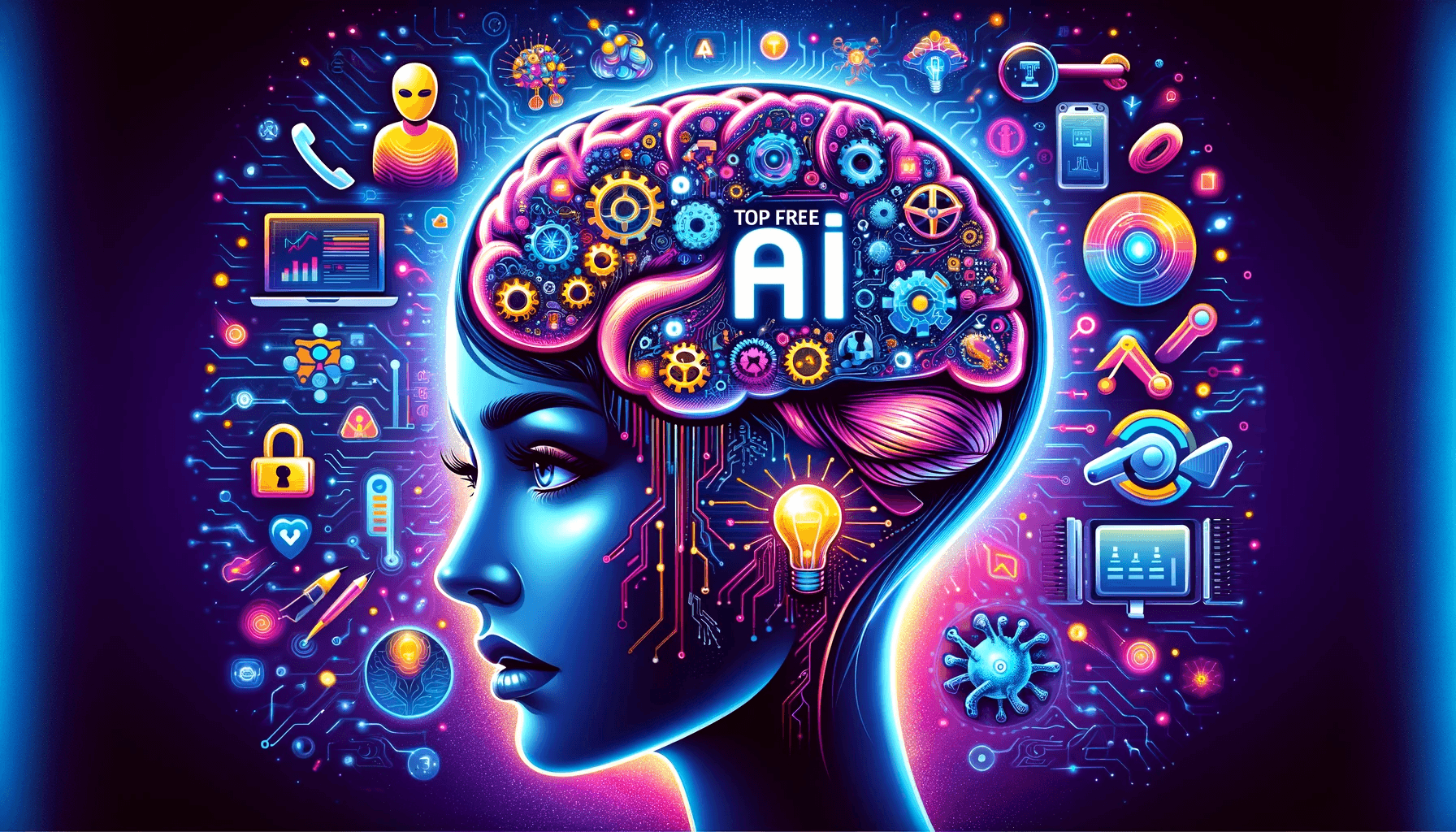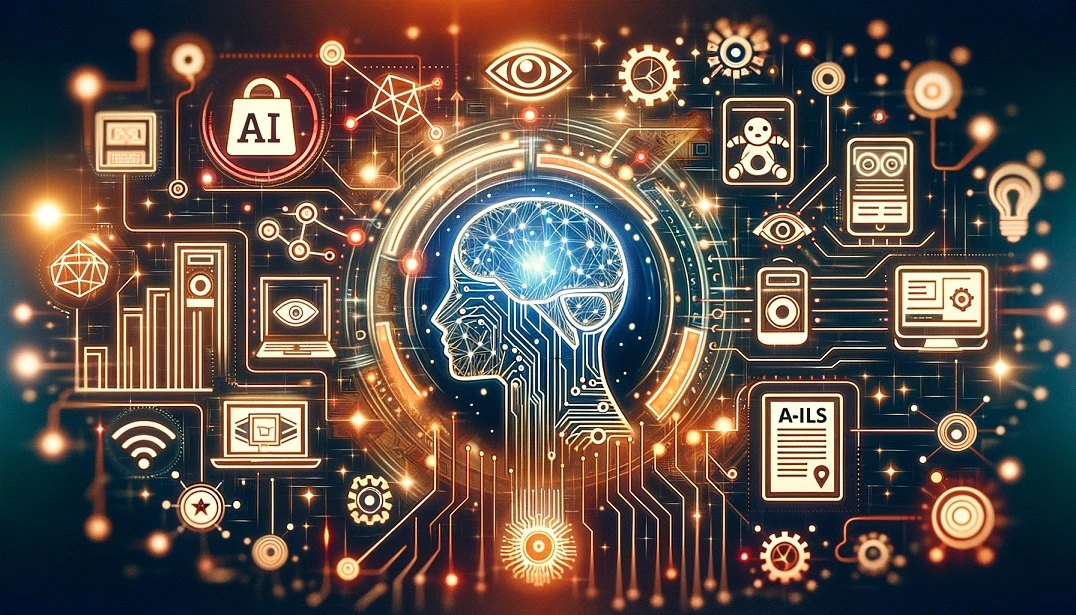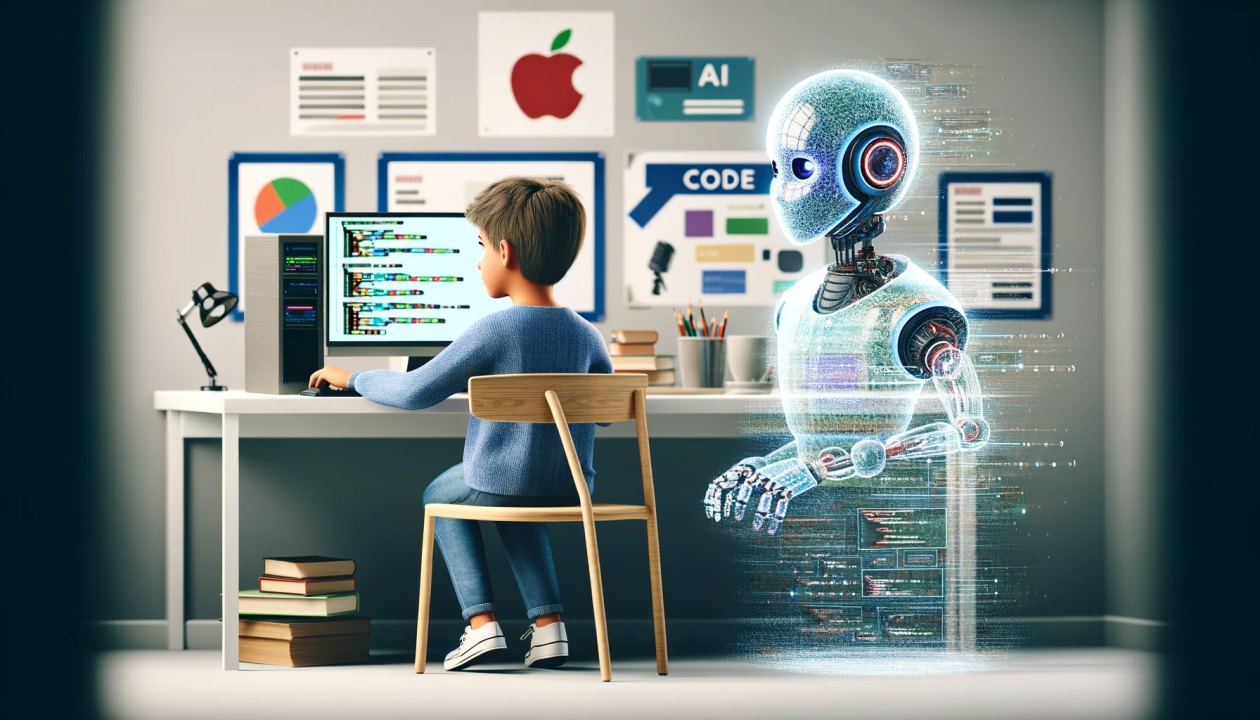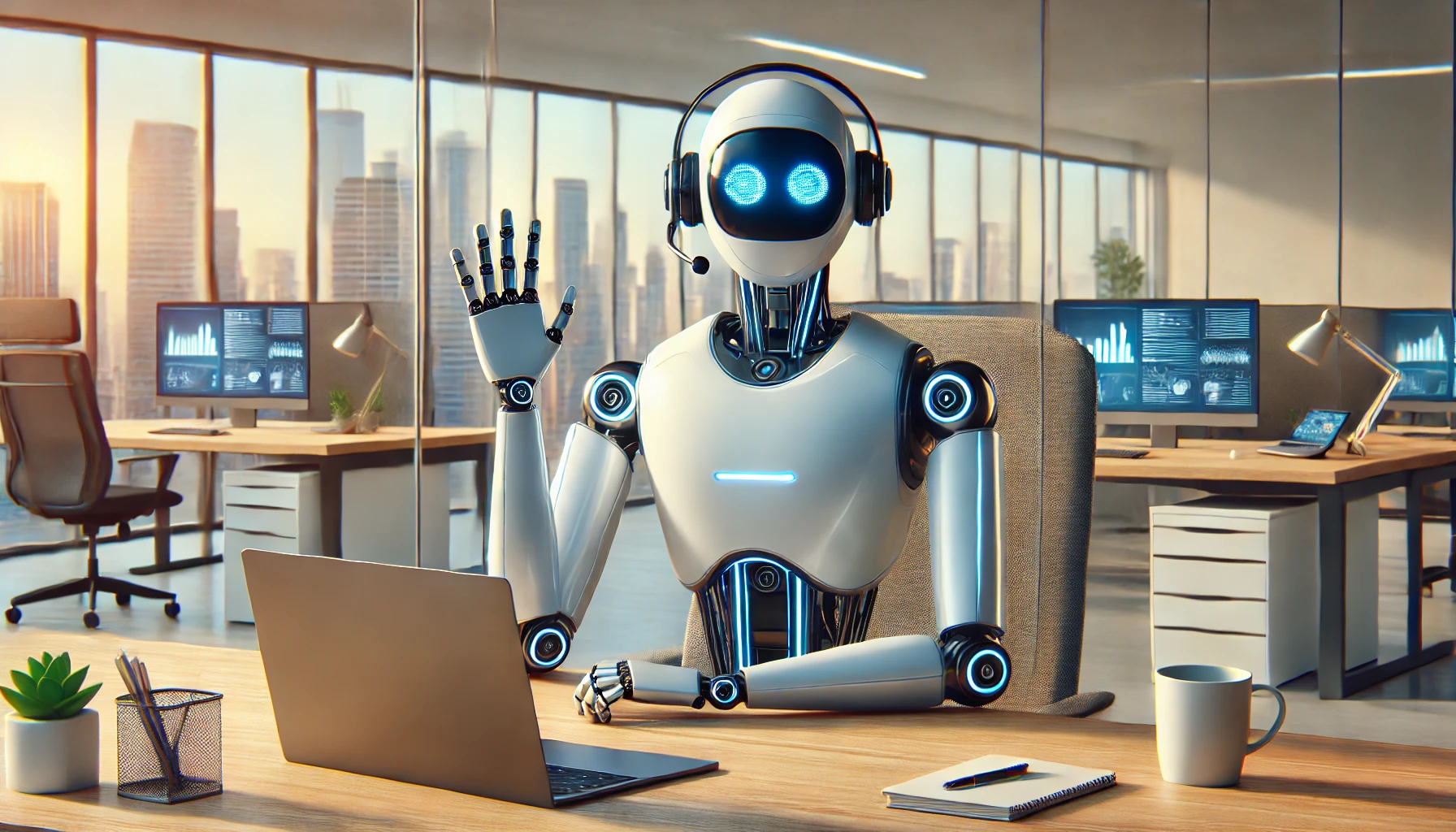How Social Media Algorithms Are Changing in 2025
Social media platforms are constantly evolving, and 2025 is no exception. As artificial intelligence (AI) and machine learning continue to advance, social media algorithms are becoming more sophisticated, influencing content visibility, engagement, and user experience. In this article, we’ll explore the key changes happening in social media algorithms this year and what they mean for users, businesses, and content creators.
1. AI-Powered Personalization
In 2025, AI-driven algorithms are offering even more personalized experiences. Social media platforms like Facebook, Instagram, TikTok, and LinkedIn are leveraging deep learning to understand user behavior at a granular level. These algorithms analyze browsing history, engagement patterns, and content preferences to serve highly tailored content to users, making feeds more relevant than ever.
2. Increased Emphasis on Authentic Engagement
Gone are the days when mere likes and shares dictated content success. Platforms are now prioritizing meaningful interactions, such as comments, saves, and longer watch times. Social media sites are devaluing superficial engagement metrics and rewarding content that sparks in-depth conversations and fosters community-building.
3. The Rise of Decentralized Social Media
With growing concerns over data privacy and censorship, decentralized social networks are gaining traction. Platforms utilizing blockchain technology, such as Mastodon and Bluesky, are introducing algorithmic transparency, allowing users to better understand and control how content is ranked and displayed. This shift gives users more autonomy over their feeds.
4. Reduced Organic Reach for Businesses and Brands
As algorithms become more selective, organic reach for brands and businesses continues to decline. Social media platforms are encouraging paid promotions and ad spend to maintain visibility. This means that businesses must invest in high-quality, engaging content and strategic advertising to reach their target audiences effectively.
5. Prioritization of Video and Interactive Content
Short-form video remains king, with TikTok, Instagram Reels, and YouTube Shorts leading the way. However, in 2025, we are seeing a shift toward AI-generated video content, interactive live streaming, and augmented reality (AR) experiences. The algorithms are prioritizing these formats over static posts, pushing creators to adopt video-first strategies.
6. Enhanced AI Moderation and Content Filtering
To combat misinformation, hate speech, and harmful content, social media platforms are implementing AI-driven moderation tools. These tools use machine learning to detect and filter out inappropriate content in real time. However, concerns over biased moderation and freedom of speech continue to spark debate among users and policymakers.
7. SEO Optimization for Social Media Content
Search engines are no longer the only place where SEO matters. Social media platforms like TikTok, Instagram, and LinkedIn are refining their search algorithms, making content discovery easier through keyword optimization, hashtags, and metadata. This means content creators must focus on SEO-friendly captions, descriptions, and tags to improve visibility.
8. Algorithm Transparency and User Control
Users are demanding more control over their feeds, and social media platforms are responding. In 2025, customizable algorithm settings allow users to fine-tune their content preferences, filter out unwanted posts, and even opt for chronological feeds instead of AI-driven recommendations.
Final Thoughts
Social media algorithms in 2025 are more intelligent, adaptive, and user-focused than ever before. While these changes present challenges, they also open new opportunities for brands and content creators to thrive in an evolving digital landscape. To stay ahead, businesses must embrace personalization, focus on authentic engagement, and leverage emerging trends like video content and SEO for social media.






Leave feedback about this